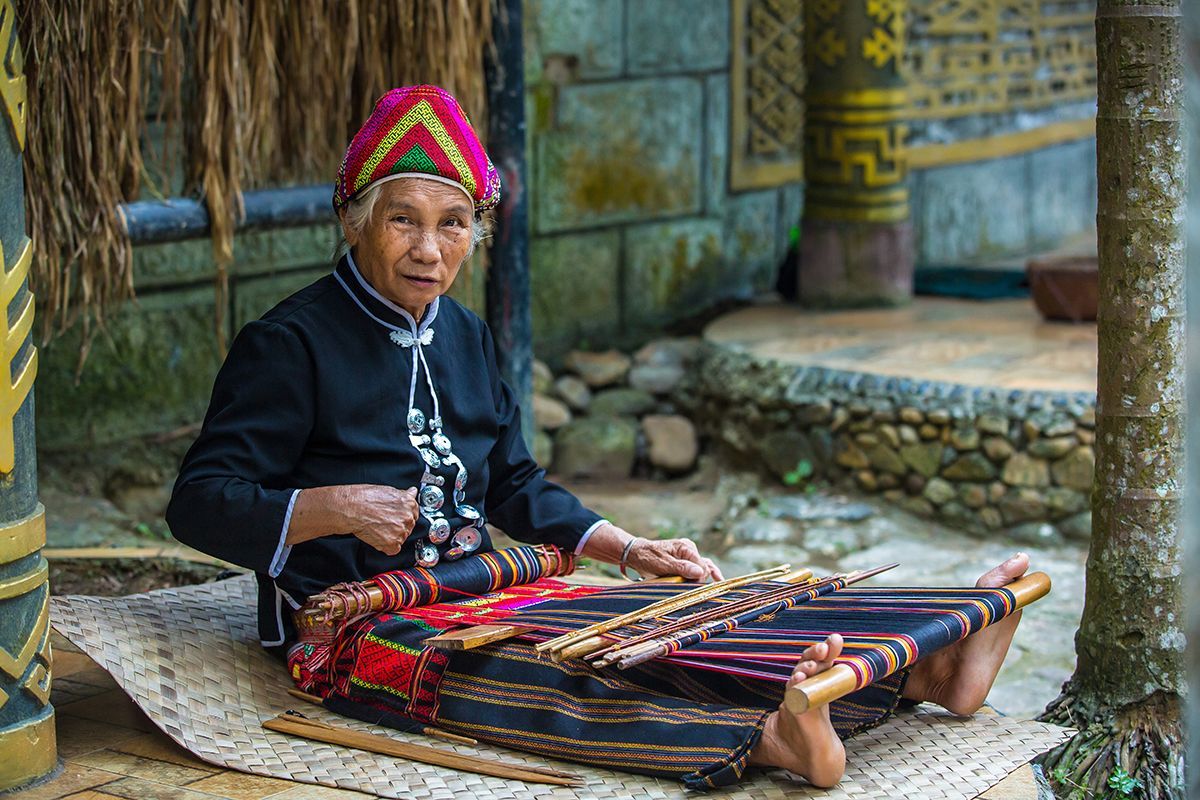© This article is an extract from Paul Hattaway's epic 656-page China’s Book of Martyrs, which profiles more than 1,000 Christian martyrs in China since AD 845, accompanied by over 500 photos. You can order this or many other China books and e-books here.
1924 - J. R. Cunningham
April 26, 1924
Guilin, Guangxi
Guilin City, in the northern part of the Guangxi Zhuang Autonomous Region, is one of the most beautiful areas in China, with famous karst pillars rising hundreds of feet into the air from pools of water. The Christian & Missionary Alliance was entrusted with most of the Protestant work in this isolated and impoverished province. In 1898 they sent the American J. R. Cunningham to Guilin.
Cunningham rented a house, from which he preached the gospel to passers-by each day. Soon a small congregation was gathering each Sunday to hear the teaching of the Word of God. Cunningham had arrived in China as a single man, and had consequently struggled with loneliness. God saw his need and provided a young missionary colleague, Annie Goode, for his wife. In 1904 two single ladies joined them in Guilin. One of the ladies, Beulah Funk, died in 1907 after a short illness, but the Cunninghams continued to press on with the work, encouraged by an increasing openness among the people. One report said,
“Mr. Cunningham and fellow missionaries continued their aggressive ministry, and in the years following phenomenal blessing rested on the Guilin work. Outstations, ten in number, were opened in the surrounding country. Enquirers sprang up on every hand. Thousands were baptized and entered the church.”[1]
In mid-April, 1924, Cunningham and a co-worker spent a week visiting believers in villages in the countryside surrounding Guilin. A war between various military factions had been rumbling throughout the province. On the evening of April 11th, Cunningham and his colleague held a rousing meeting in a village located about 30 miles (49 km) from Guilin. They decided to ride back to the city the next day, unaware of the trouble that lay between them and their destination. When they arrived five miles (eight kilometres) from the city gate they found hundreds of people fleeing in the opposite direction, carrying bedding and other possessions with them into the mountains. Unruly soldiers had taken over Guilin, resulting in “plunder, kidnapping, rape, lawlessness, hardship, cruelty, suffering, and death.”[2]
The gates had been closed by the soldiers inside who were defending the city, and loud artillery fire could be heard. Cunningham’s dear wife and co-workers were stuck inside the city, so he attempted to get to them. Bravely the duo was able to ride their horses through the front line of the battle and were allowed to enter the West gate of the city. Annie Cunningham was thrilled to see the safe return of her husband, but the danger was far from over. Missiles and bullets flew over the houses of the city, and occasional mortar shells dropped onto the homes and shops, killing and maiming their occupants. After 14 long days and nights the siege showed no signs of abating. On Saturday April 26, 1924,
“There was a lull in the fighting and little shooting was taking place. Mr. Cunningham was standing in his yard overseeing some work when suddenly a stray bullet came whistling over the housetops and struck him in the head. The bullet entered the lobe of the right ear, and passing through the head, came out on the other side. The workmen called for help, and friends were by his side in a moment and tried to aid him, but Mr. Cunningham never uttered a word. He had already passed beyond the help of man.”[3]
The missionaries had lost a great warrior of the gospel, and their grief was compounded when they were not allowed to bury Cunningham until the gates of the city were reopened. The siege continued, and the missionary’s body remained in a coffin on the veranda of his home for 63 days. A missionary later wrote that “On the very spot where Cunningham fell, a new chapel was erected with a seating capacity of 400, and the prayers and dreams of our departed brother have now been realized.”[4]

1. Oldfield, Pioneering in Kwangsi, 109.
2. Oldfield, Pioneering in Kwangsi, 110.
3. Oldfield, Pioneering in Kwangsi, 113.
4. Oldfield, Pioneering in Kwangsi, 115.




